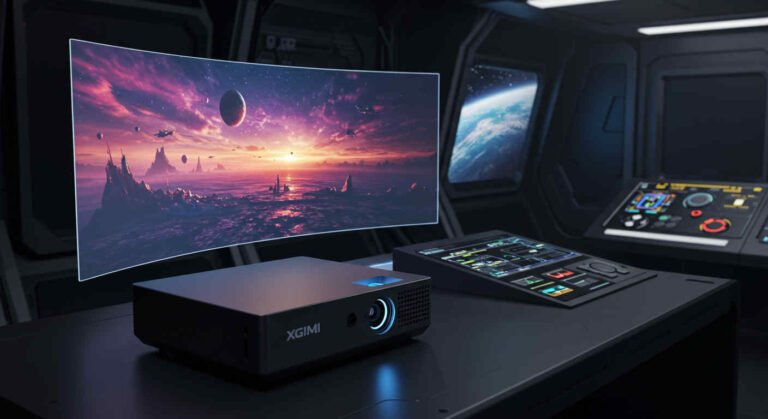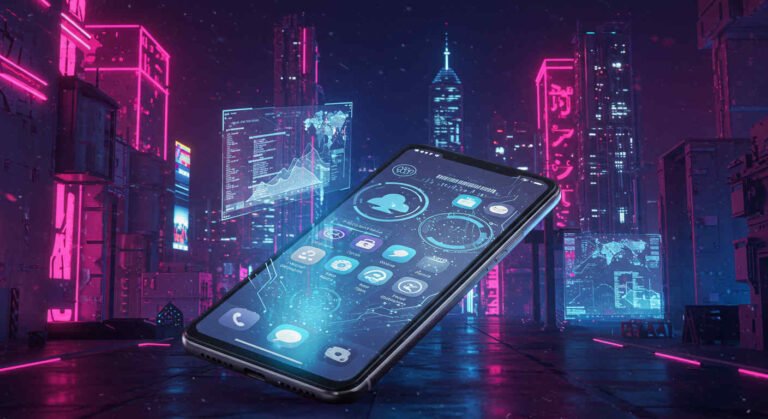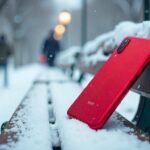Tesla Cellular: Could Starlink Shake Up the Mobile Industry?

Table of Contents
The mobile industry’s a giant—think trillions of dollars, dominated by telecom big shots who’ve poured cash into cell towers, fiber optics, and spectrum licenses to keep billions of us connected. But what if someone crashed the party with a totally different playbook, skipping the ground game and going straight to space? That someone could be Tesla, tapping into SpaceX’s Starlink satellite network to pull it off.
This isn’t just some wild daydream. Picture Tesla rolling out a cellular service powered by Starlink—it’s a real possibility that could flip the telecom world upside down. Elon Musk, the guy running both Tesla and SpaceX, has dropped hints about this, and the tech’s starting to line up. Let’s dive into whether Tesla could pull this off, what a Starlink-driven mobile service might look like, and how it could rattle the cages of the industry’s heavy hitters.
The Backbone: Starlink’s Satellite Network
First, let’s talk Starlink. It’s SpaceX’s big swing at bringing fast, reliable internet to every corner of the planet—especially places like rural backroads or remote islands that traditional providers skip. How? A massive fleet of Low Earth Orbit (LEO) satellites. Unlike those old-school geostationary satellites way up in the sky that lag like a bad Zoom call, LEO sats are closer and quicker, perfect for stuff like video chats or gaming.
By late 2023, Starlink had thousands of these satellites buzzing around, beaming internet to tons of users globally. And they’re not stopping—plans are in motion to launch tens of thousands more. That growing network is the secret sauce behind Tesla’s cellular idea.
Tesla Cellular – Direct-to-Cell: The Game Changer
Here’s where it gets juicy: “direct-to-cell” tech. SpaceX is already teaming up with carriers like T-Mobile in the U.S., Rogers in Canada, and Optus in Australia to make this happen. It means your regular smartphone—no fancy satellite gear needed—can ping a Starlink satellite directly. No more dead zones.
For now, it’s about basics: texting, calls, maybe some light data in spots where towers don’t reach. It’s a smart move—filling gaps instead of picking a fight with the big dogs in cities right away. But as Starlink grows and the tech gets sharper, this could turn into something way bigger.
How Tesla Might Pull This Off

How Tesla Might Pull This Off
So, how could Tesla weave Starlink into a cellular play? Check out a few possibilities:
- Tesla Cars as Wi-Fi Hotspots: Imagine your Tesla beaming internet to your devices via Starlink, even in the middle of nowhere. It’s not full-on cellular for your phone yet, but it’s a solid start.
- Built-In Cellular for Cars: Tesla could slap direct-to-cell tech right into its vehicles, letting them call, text, or update software anywhere Starlink reaches. Think safer rides and killer navigation, no matter where you’re driving.
- Tesla as an MVNO: They could partner with existing carriers as a Mobile Virtual Network Operator, reselling their service with a Starlink twist in spotty areas. Bundle it with a car purchase? Pretty slick.
- Tesla Goes All-In: The big kahuna—Tesla builds its own network, leaning hard on Starlink. It’s a long shot for now, with crazy costs and red tape, but it’d give them total control.
- Tesla Phone: The buzz is loudest about a Tesla Phone, hooked straight into Starlink, taking the Tesla ecosystem to a whole new level.
Why This Could Be a Win
A Tesla-Starlink combo could bring some serious perks:
- Coverage Everywhere: Dead zones? Gone. Starlink could hit remote spots, oceans, or disaster zones where towers fail.
- Snappier Connections: LEO satellites cut lag compared to old satellite tech—maybe not as fast as top-tier ground networks, but it’s closing the gap.
- Cheaper Bills: More players in the game could push prices down for all of us.
- Tesla’s Control Freak Vibe: They love owning the whole process—adding cellular fits that mold perfectly.
- Emergency Lifeline: When storms knock out towers, Starlink could keep lines open.
- Next-Level Cars: Better connectivity means smarter, safer Teslas.
- Extra Cash: A shiny new service to sell could fatten Tesla’s wallet.

The Roadblocks
It’s not all smooth sailing, though. Tesla’s got some hurdles to clear:
- Regulations: Governments control airwaves, and getting licenses is a slog.
- Spectrum Crunch: There’s only so much spectrum to go around, and the big carriers hoard it.
- Tech Challenges: Direct-to-cell is young—scaling it for tons of users with fast data is a beast to tame.
- Big Bucks: Satellites ain’t cheap, even with SpaceX’s cost-cutting tricks.
- Telecom Titans: The old guard’s got cash and towers—they won’t go down easy.
- Antenna Issues: Hooking a phone to a satellite takes fancy gear, and it’s gotta work everywhere.
- Global Roaming: Playing nice with international rules could get messy.
- Crowded Skies: More users, more congestion—Starlink’s got to keep up.
- Trust Factor: People might hesitate—can a satellite beat their trusty 5G?
The Disruption Factor
If Tesla pulls this off, it could shake things up big time:
- Sparking Innovation: Carriers might scramble to up their game.
- Dropping Prices: Competition could mean cheaper plans.
- Reaching the Unreached: Rural folks could finally get solid service.
- Power Shift: The telecom kings might lose their crowns.
- New Ideas: Think car-bundled plans or subscription perks.
- Satellite Boom: Others might jump on the space bandwagon.
- Tesla Ecosystem: EVs, solar, phones—all tied together seamlessly.

How the Big Guys Might Fight Back
The telecom giants won’t just roll over. Here’s their likely playbook:
- Pushing 5G/6G: Faster ground networks to stay ahead.
- Lobbying Hard: Pressuring lawmakers to keep Tesla in check.
- Satellite Deals: Partnering up, maybe even with SpaceX.
- Fancy Extras: Bundling streaming or business perks to keep customers.
- Buyouts: Snapping up smaller players to bulk up.
- Better Service: Winning loyalty with top-notch support.
- Their Own Satellites: Going toe-to-toe with Starlink in orbit.
What’s Next? It’s Anyone’s Guess
Can Tesla really pull off a cellular takeover with Starlink? Too early to call, but the stakes are sky-high. Musk’s got a knack for crazy ideas that somehow work—think electric cars and reusable rockets. If they crack the tech, dodge the red tape, and bankroll it, this could change how we stay connected.
For now, I’d bet on a slow rollout—starting with basic service in dead zones, then scaling up as the kinks get ironed out. It’s a chance to test the waters and win folks over before going all-in against the telecom titans.
With satellites, Teslas, and Musk’s wild ambition in the mix, this could be a game-changer. The mobile world’s got its eyes peeled, and the next few years might redraw the map of how we link up. A global, fast, no-tower-needed network? It’s not sci-fi anymore—it’s a real shot. Whether Tesla and Starlink can nail it, though? That’s the million-dollar question.
See this good external article: https://www.pcmag.com/news/no-direct-satellite-view-needed-cellular-starlink-phone-gets-signal-inhttps://www.pcmag.com/news/no-direct-satellite-view-needed-cellular-starlink-phone-gets-signal-in
See another good article in our blog: https://techforgewave.com/hci-in-2025-which-players-dominate









